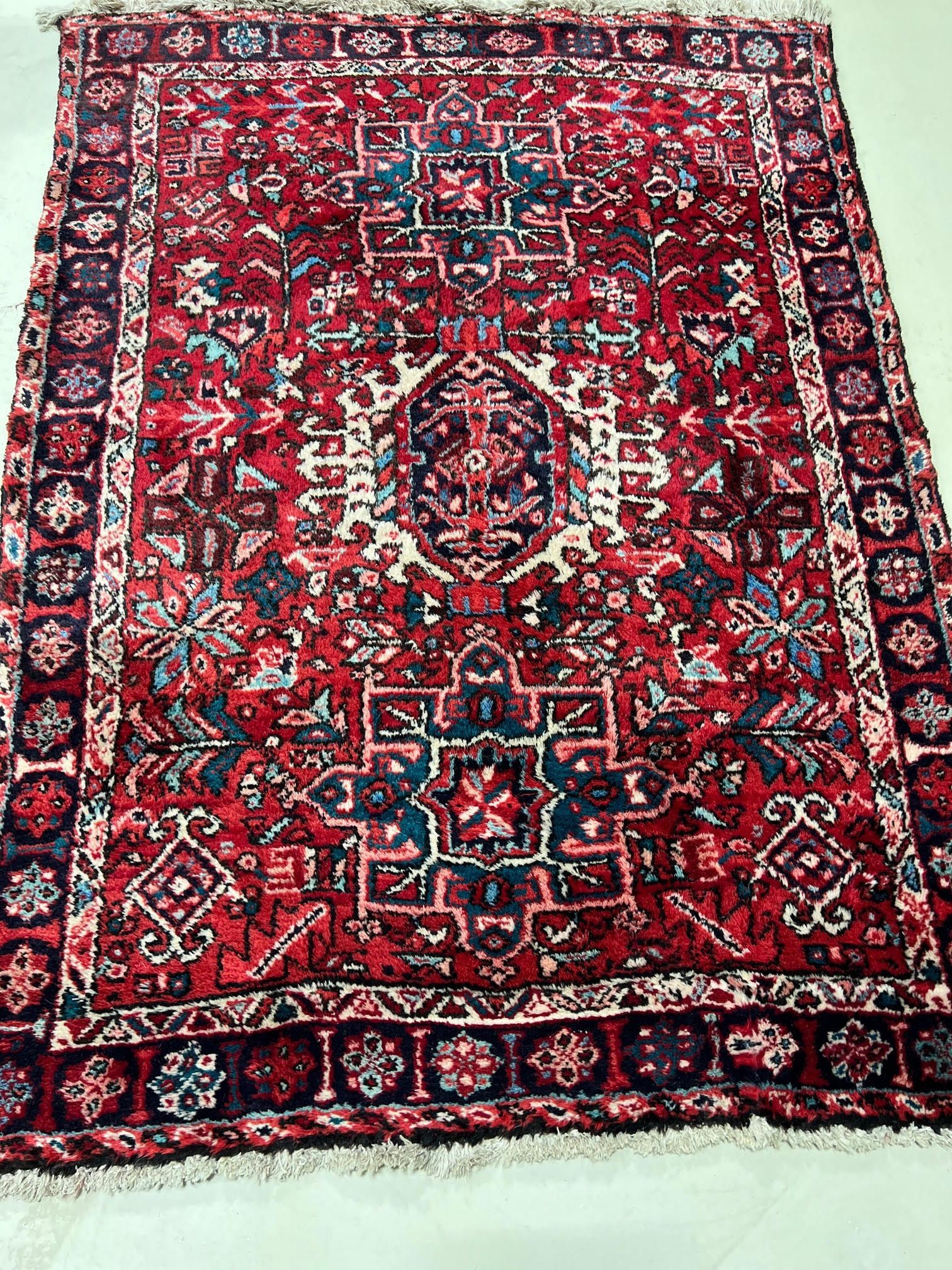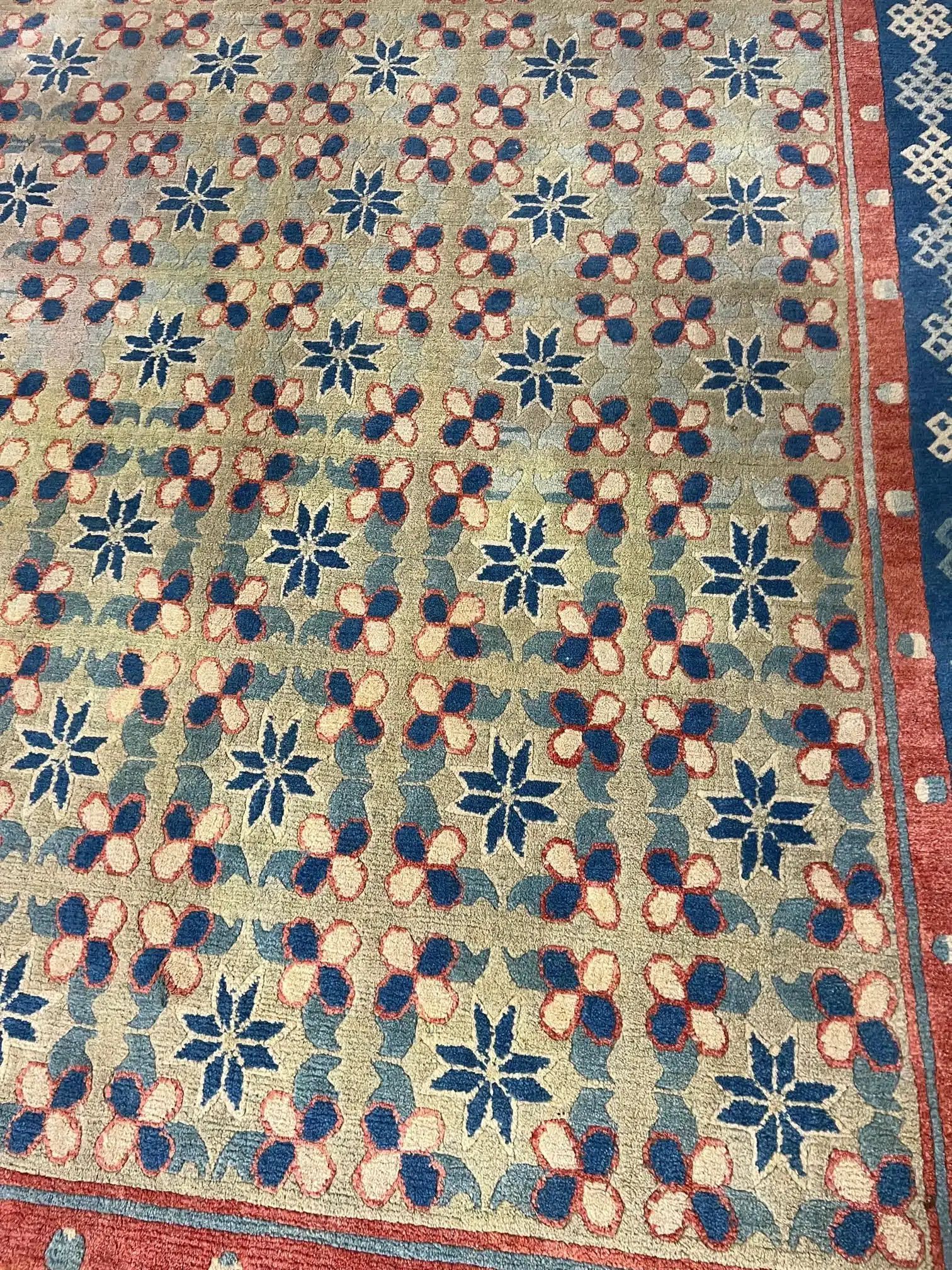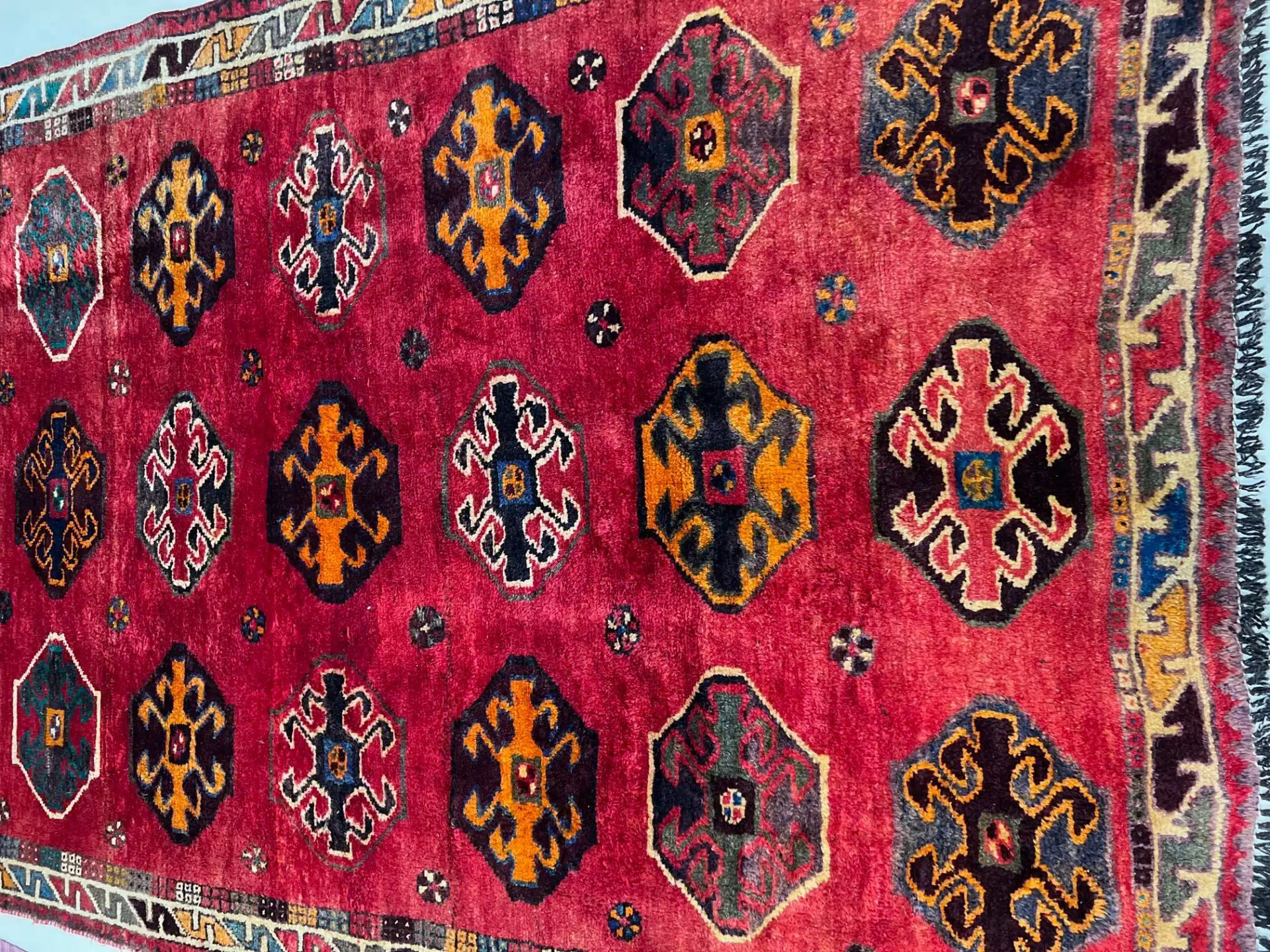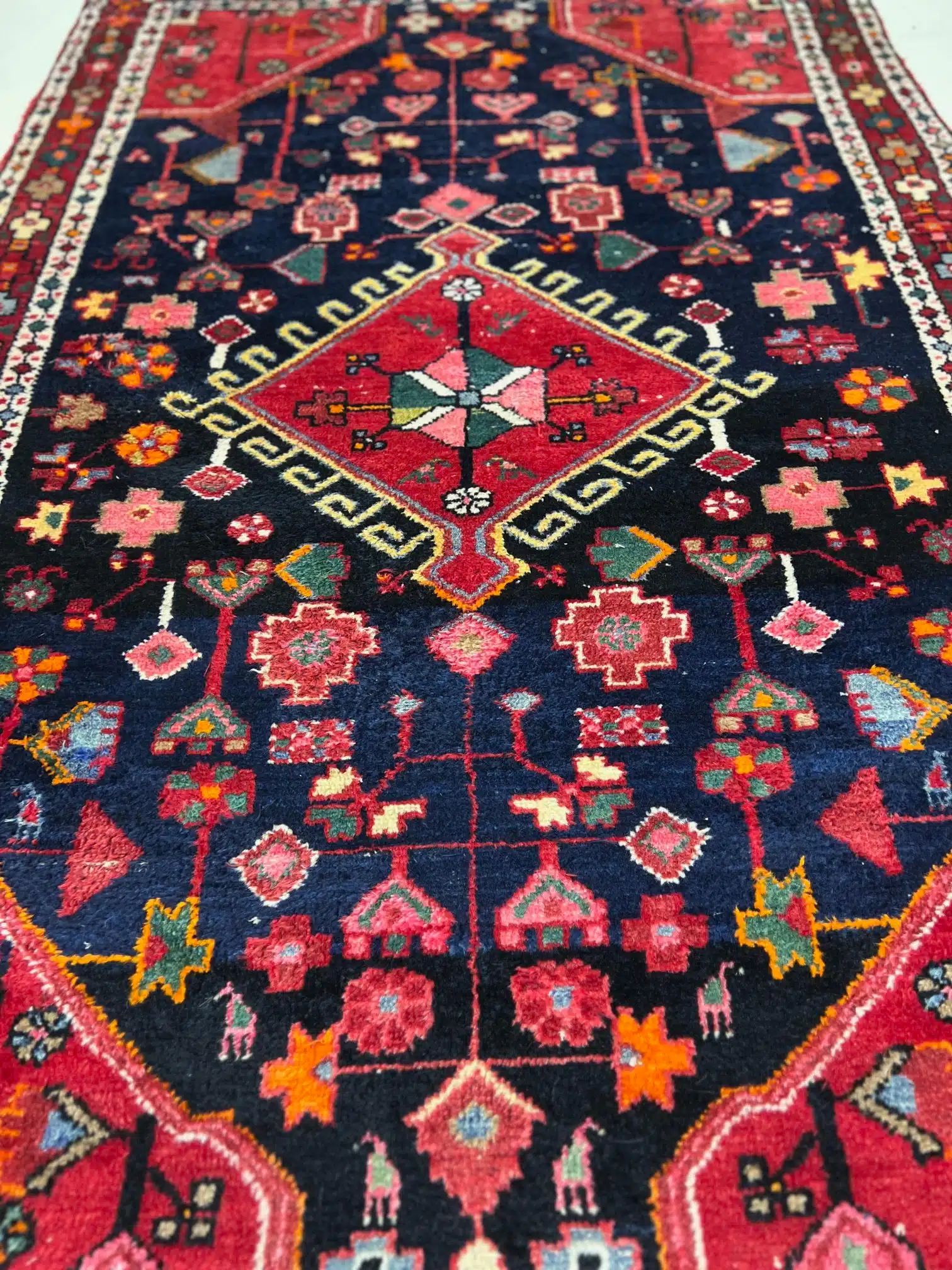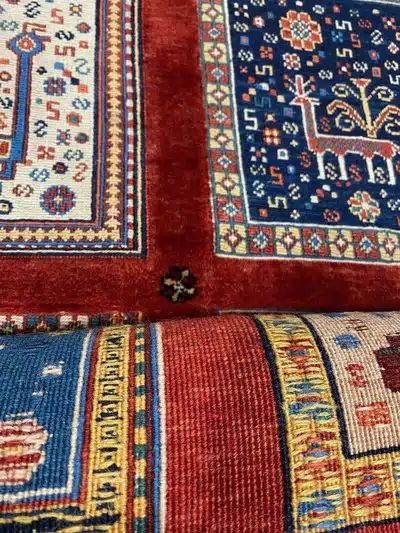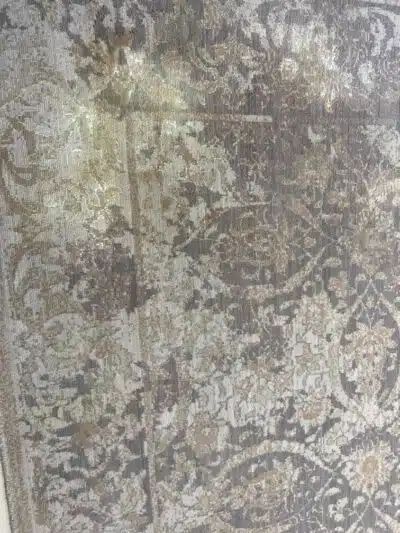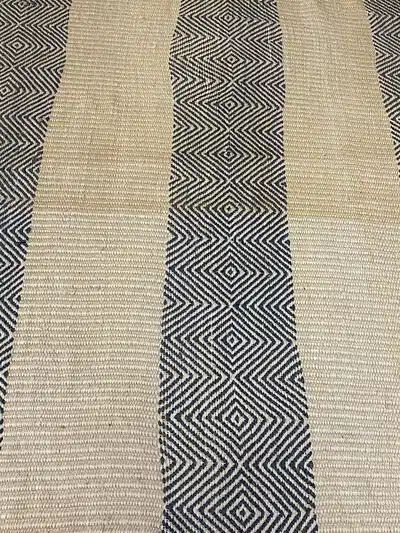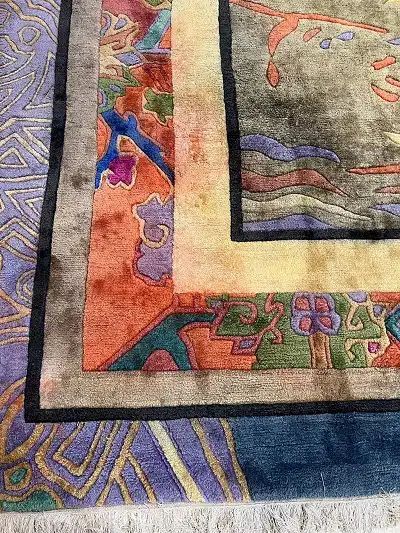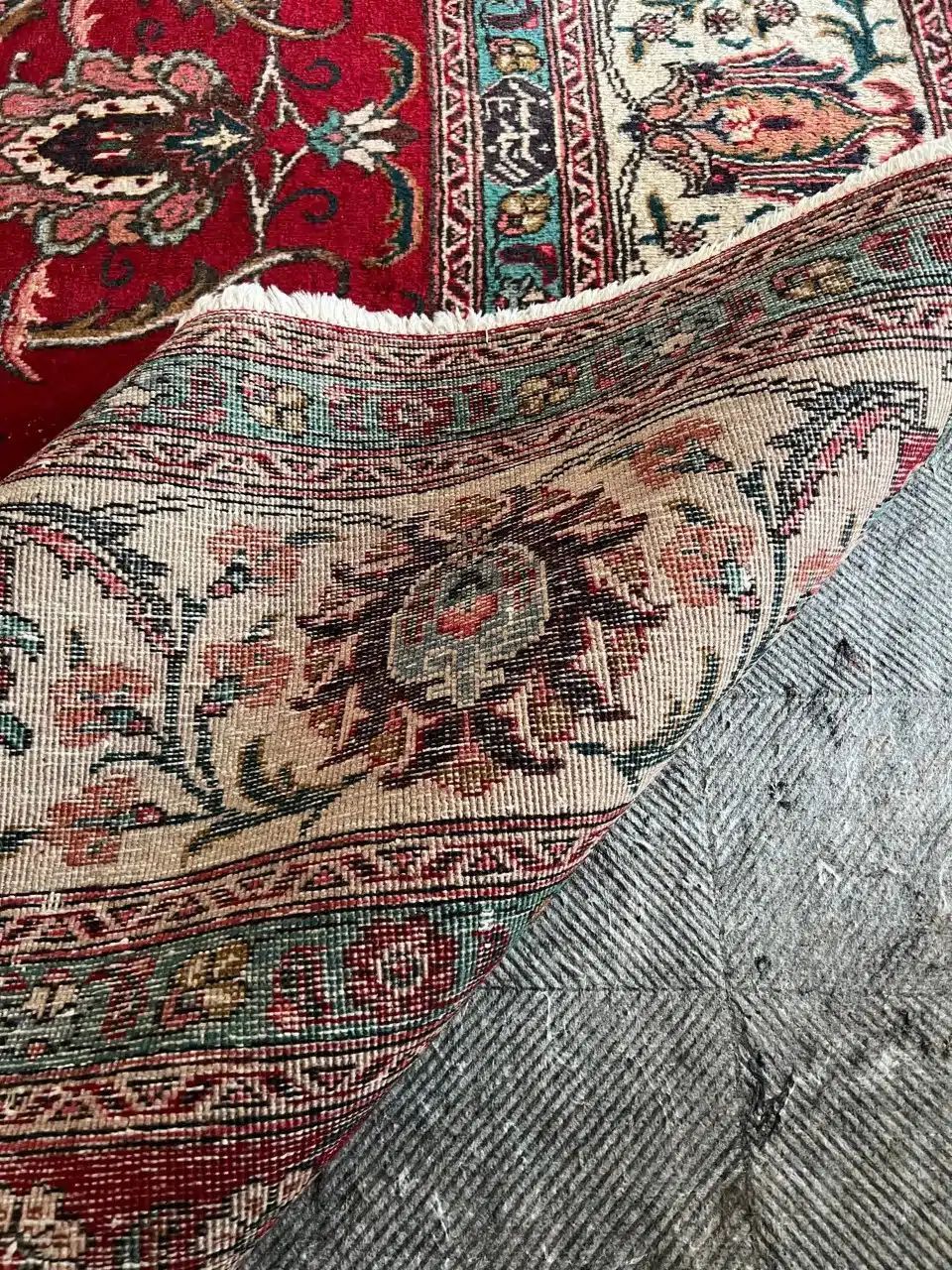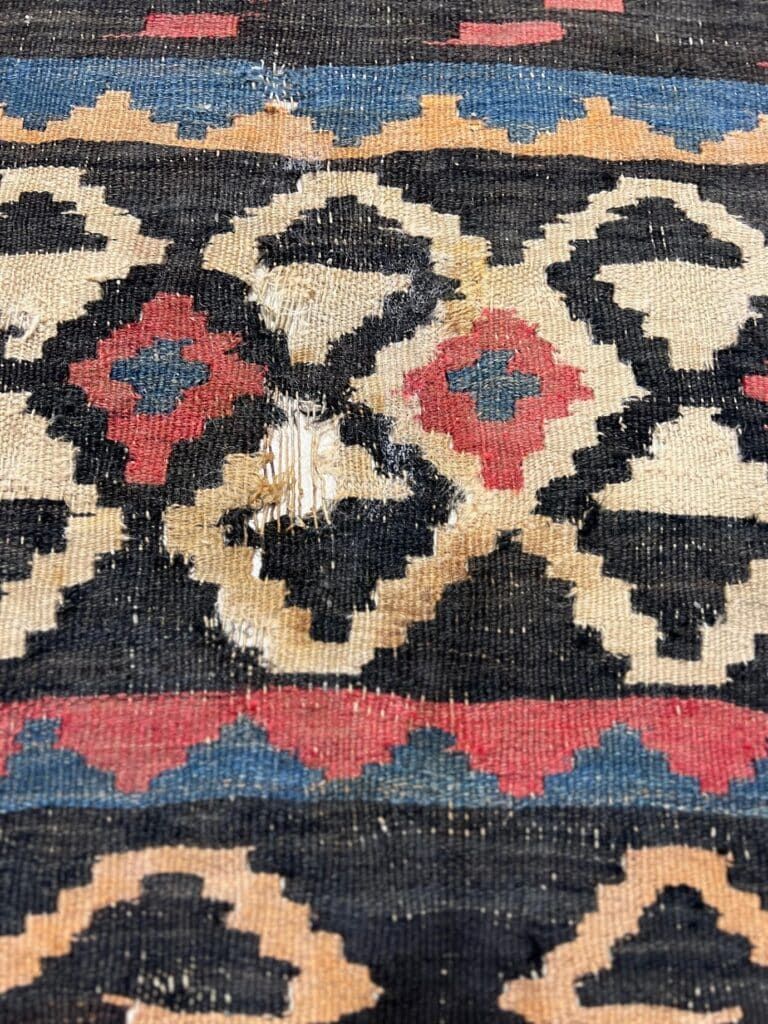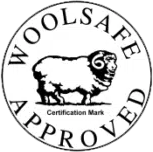What to Know About Fine Hand-Woven Rugs
What to Know About Fine Hand-Woven Rugs
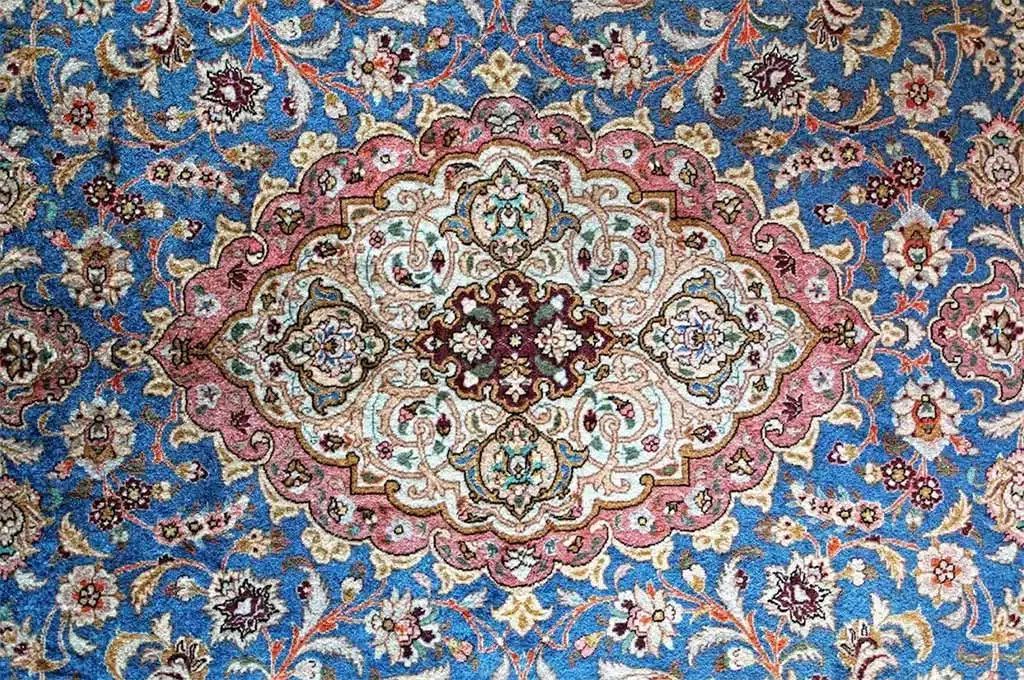
Homeowners have covered their floors with beautiful coverings for hundreds of years. Today, you can choose from an array of carpeting and area rugs to suit your style. Hand-woven rugs are one of the most desirable and valuable types of floor coverings you can place in your home because of their quality, durability, and beauty. Read on to learn more about fine hand-woven rugs.
Origins of Hand-Woven Rugs
Hand-woven rugs have their origins in many Asian and Middle-eastern countries. The oldest known knotted rug originates from Persia or Armenia and dates back to 5-4 B.C. Many depictions and remnants of rugs and rug-making tools have been discovered that indicate hand-woven rugs flourished throughout early Turkey, India, Afghanistan, Pakistan, Azerbaijan, and Armenia.
From the ancient world, the popularity of rugs spread to Europe and other parts of the world. Rugs continue to depict designs from early rugs like geometric patterns, arabesques, animals, medallions, people, and fauna like wreaths, vines, leaves, and fruit.
Rug Material Matters
Traditional hand-woven rugs were made with natural materials people had access to like wool and silk. Both materials were strong, long-lasting, and held dye more effectively. The result was a beautiful piece that would last for many years with proper care.
For example, the Clark Sickle-Leaf Carpet with a wool pile and a cotton and silk foundation recently sold in 2013 for a record $33.7 million. The rug was made around 1650.
When you look for a modern-day rug of your own, look for one made of these desirable, natural materials:
High-quality wool; from a reputable, proven source like Tibet or New Zealand. Different wools are of varying degrees of softness, strength, and warmth.
Authentic silk; from silkworms in China, Nepal, and other places is prized for its sheen and strength.
Linen; from the flax plant is strong and holds color well. Because linen feels cool to the touch, it is better suited to warmer climates.
Do not invest in a rug made of materials that won’t last, cannot hold color well, or that lack the classic, luxurious feel of a high-quality rug. For example, silk that is labeled as art, viscose, artificial, or acrylic is mixed with synthetic fibers that prevent a rug from lasting as long as true silk. Dead wool is taken from sick or deceased animals and doesn’t contain natural oils that lend softness to the wool.
Also, avoid other materials commonly often used in lesser rugs like polyester, sisal, olefin, seagrass, and jute.
Hand-woven Versus Machine-Made
Traditional hand-woven rugs are created very differently than their machine-made counterparts. Old methods of rug-making weave vertical warp strands together with horizontal weft strands. Then, the artisan ties many tiny rows of knots between the wefts. A very fine or intricate rug pattern contains more knots per square inch.
Machine-made rugs are less time-intensive and therefore less valuable. You expect an authentic hand-woven rug when you invest money in a beautiful rug. Here are a few ways to tell whether your rug is hand-woven or machine-made.
Examine the fringe of the rug. Hand-woven fringe is part of the warp threads, while a machine-made fringe is sewn on as a separate piece.
Check under the rug. Hand-woven rugs have slightly irregular knots and weave while machines produce a perfectly even weave with rows of uniform false knots.
Look at the rug edges. Hand-woven rugs are sewn or edged by hand and may appear imperfect. Machine stitched edging is tight and perfect.
You can use these methods to tell if a rug is authentic, valuable, and worth the price you want to invest.
Unique, valuable, or antique hand-woven rugs do need occasional cleaning. Only an expert has the right skill, knowledge, and equipment necessary to preserve and protect the rug throughout the cleaning process. Contact the professionals at Aegis Fine Rug Cleaning for more information about the care and preservation of your own priceless rug.
The post What to Know About Fine Hand-Woven Rugs appeared first on The Austin Rug Cleaner.
